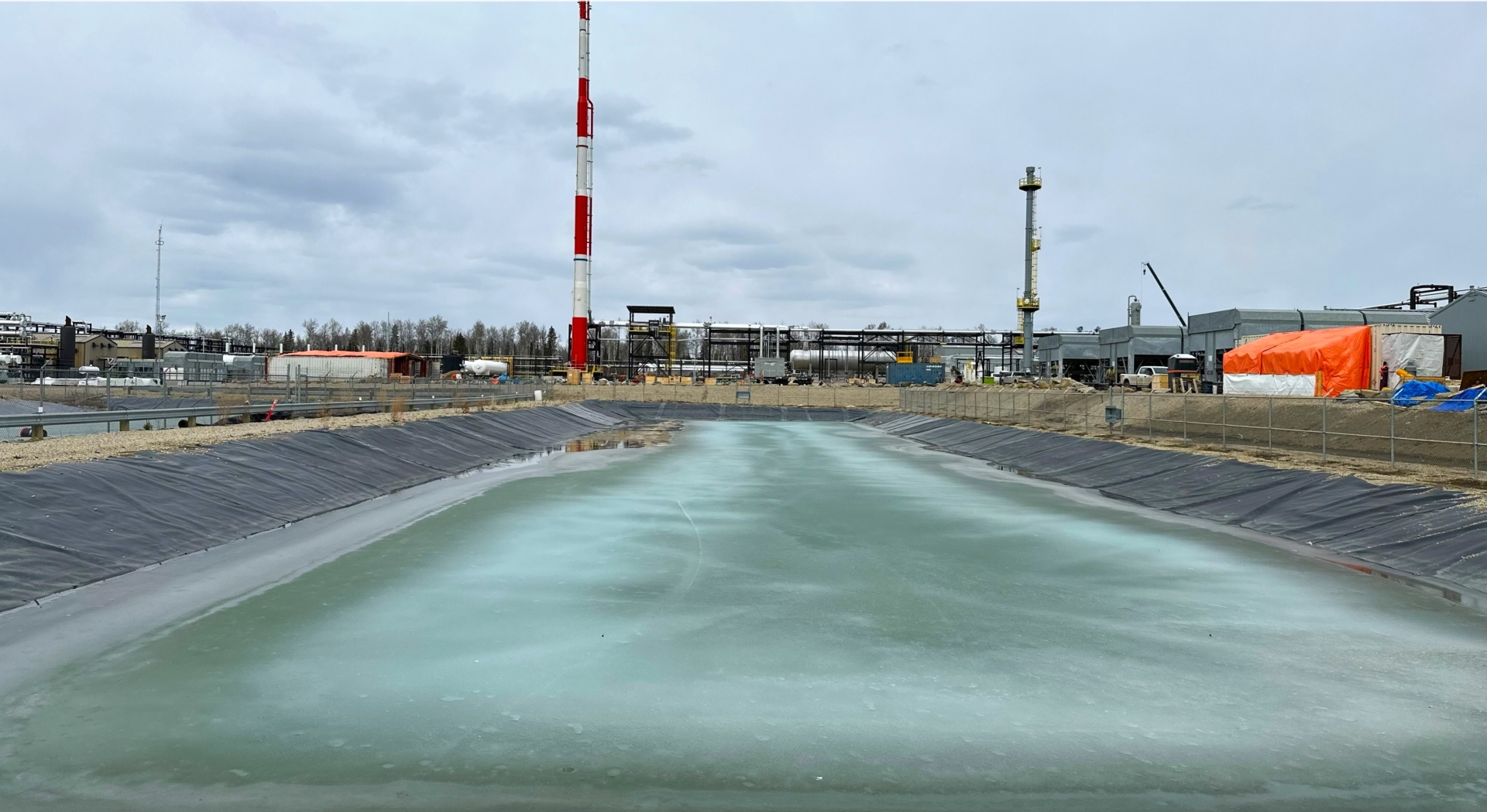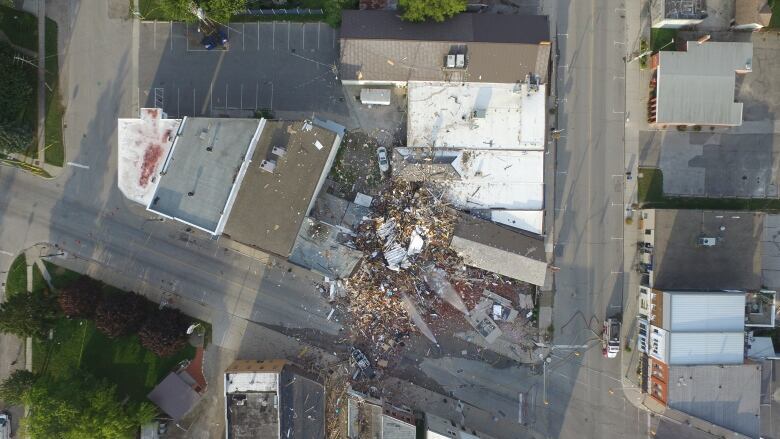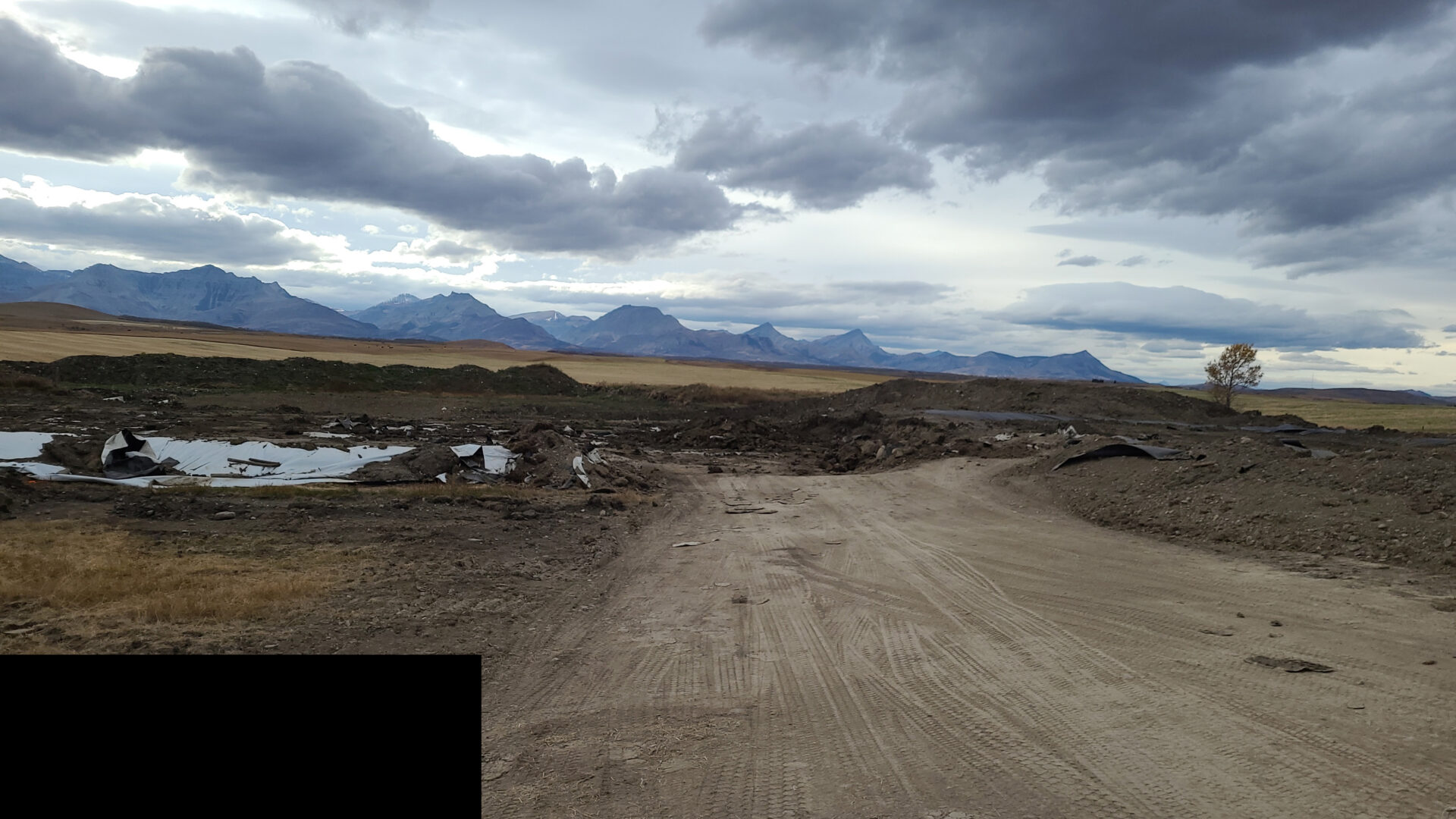I had a colleague in the abandonment pod ask me “when does a Phase 1 ESA expire?”. They had a client that was interested in submitting an SRP (Site Rehabilitation Program) application for both abandonment and environmental scopes of work – but wanted to estimate the environmental work on a Phase 1 Environmental Site Assessment (ESA) from 10 years ago. The answer to their question wasn’t as simple as checking the best before date on the cover page, and requires a more detailed look into the Phase 1 ESA report they had in hand.
The goal of a Phase 1 ESA is to gather a sufficient amount of information to estimate the likelihood, types and location of surface and/or subsurface contamination that may be present at the property and adjoining land. Required components of a Phase 1 ESA in Alberta are outlined in the Alberta Site Assessment Standard, and the Canadian Standards Association (reference) and must include a desktop/records review and a site visit. The hope is that a deep dive into public and private records of the well will provide enough information about the construction, drilling and management of the property throughout its lifetime to determine if the site is contaminated, or likely to be contaminated.
The information gathered during a Phase 1 ESA is used by property owners, facility operators, purchasers, lenders and lessees to make informed decisions about the Property. Whether there is a need for further assessments (Phase 2 ESAs) or remediation, and can also provide direction on the property management, facility operations, or options for future land use and investment.
But what happens if the property already had a Phase 1 ESA completed? Can you rely on a Phase 1 ESA provided by a company for an asset you’re looking to purchase? Do you REALLY need to redo, or is the one from 2007 going to be good enough? While there is technically no regulatory expiry of Phase 1 ESAs, relying on an old Phase 1 ESA, it is like relying on the previous home inspection when purchasing a house – would you retain your own home inspector – or would you rely on the one the current homeowners got when they purchased it?
Here are the who, what, where, when, and how reasons why you may want to consider a do-over..
The Who; Who Wrote the Original Report
A client approached 360 after an acquisition of oil and gas assets, and wanted to conduct environmental closure activities. Phase 1 ESAs were found during well file review for all sites and looked complete. But, regardless of where your site is in the closure cycle, all environment work needs to start with a thorough review of any historical work completed. Upon a more thorough review of the historical reports provided, the individual who had professionally certified the report was not registered in the province the work was conducted. At the time, a joint practice agreement may have existed between the two provinces, but the report was no longer valid as a result of the two provinces moving toward separate professional bodies.
Clients should ensure that the company hired to conduct the work has professionals authorized to certify the work in the province the assets are in. A list of qualified professionals in Alberta are provided on the Government of Alberta website, under the Joint Practise Standard. In order to professionally certify work, the individual also needs to have a minimum of 5 years of relevant experience in remediation or reclamation, and have professional liability insurance either individually or through their employer.
The What; What has Happened at the Site Since?
Things may have happened at the site since the assessment was completed, especially if the site is still operational, operated after the assessment was completed, or if the report was completed under a different owner. A Phase 1 ESA is a snapshot of the condition of the Property at that time, and won’t capture anything that has happened since. Changes in the completeness and efficiencies in public databases have improved the quality and amount of information available for the Site. So its possible that you could miss a major environmental liability (like a more recent spill) if you go in with a report that only represents half the picture.
The When and The How; When Was the Report Completed, and How Closely Does the Methodology Meet Current Standards and Regulatory Guidelines
The change in the standards and regulatory guidelines that the Phase 1 ESA were conducted under may be different due to a change or update in the guidelines or policies. This can occur when there has been a revaluation of the parameters through research, best industry practices, legal proceedings, or jurisdiction changes. Rapid urbanization of formerly rural areas may also change the land use that the assessment was conducted under. For example, guidelines are more stringent under the residential land use, then they would be under a remote natural land use area. In one instance, a client had a Phase 1 ESA completed utilizing provincial guidelines, but the Site was located in a federal area – the Phase 1 ESA didn’t properly assess the necessary conditions to evaluate the site under. An easy indicator of the Phase 1 ESA being “too old” is the absence of the signed Professional Declaration for Reclamation Certificate Applications Form, a required document for any remediation and reclamation work completed after January 1, 2008. If your Phase 1 ESA is missing a signed professional declaration, or certification from a professional, you won’t be able to use it for a reclamation certificate.
The Why; Why was the Phase 1 ESA Conducted to Begin With?
A Phase 1 ESA is generally the first step when conducting environmental closure work – but it might also have been done at the request of a stakeholder, the result of an environmental event on site, or because contamination was identified during the regular maintenance/operation of the Property. The Phase 1 ESA may also have been conducted at the request of a regulator, the purchaser, lender or lessee. Although the Phase 1 ESA standards and guidelines should produce consistent reports, depending on what the Phase 1 ESA was required for, it might be biased to that purpose. Its better to have a new report that custom suits your needs.
The old Phase 1 ESA certainly has it place and use. Its does contain relevant information, and should be utilized as part of the desktop record review. But relying on a Phase 1 ESA that wasn’t conducted by a qualified person, doesn’t meet current standards, and doesn’t suit the purpose of what you’re using it for, doesn’t achieve the goal of understanding the Site liability, doesn’t satisfy your due diligence, and doesn’t progress the site any closer to closure. Progressing the Site through all stages of Asset Retirement, only to get to reclamation certificate stage and find that something was missed risks setting the site back five years, depending on the nature of the liability identified. Why risk it?
Thanks for reading,
Amanda
































































